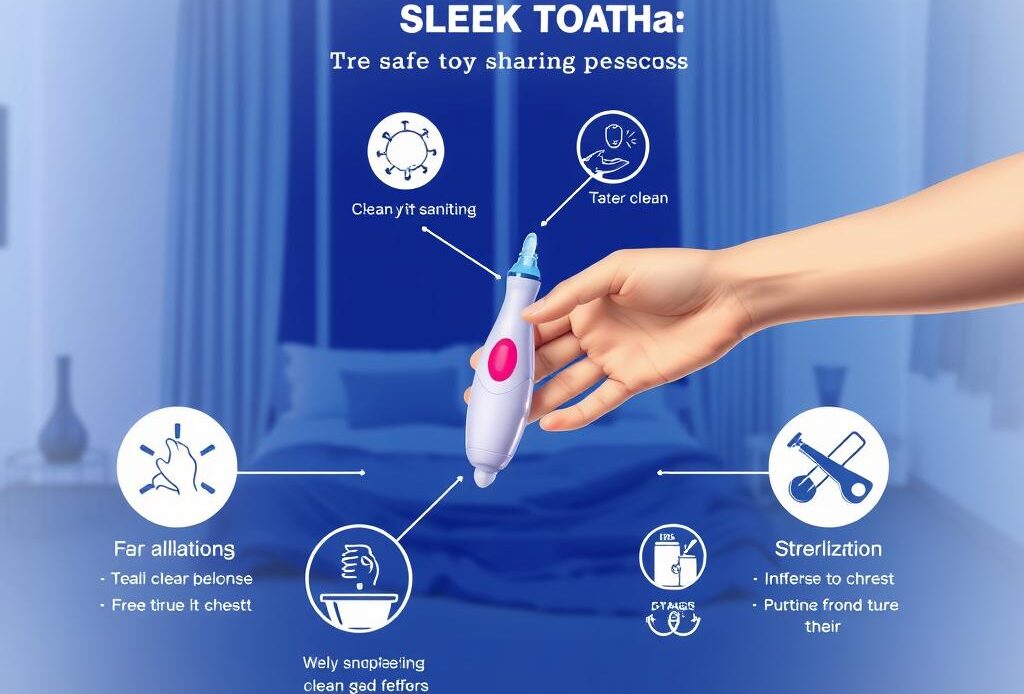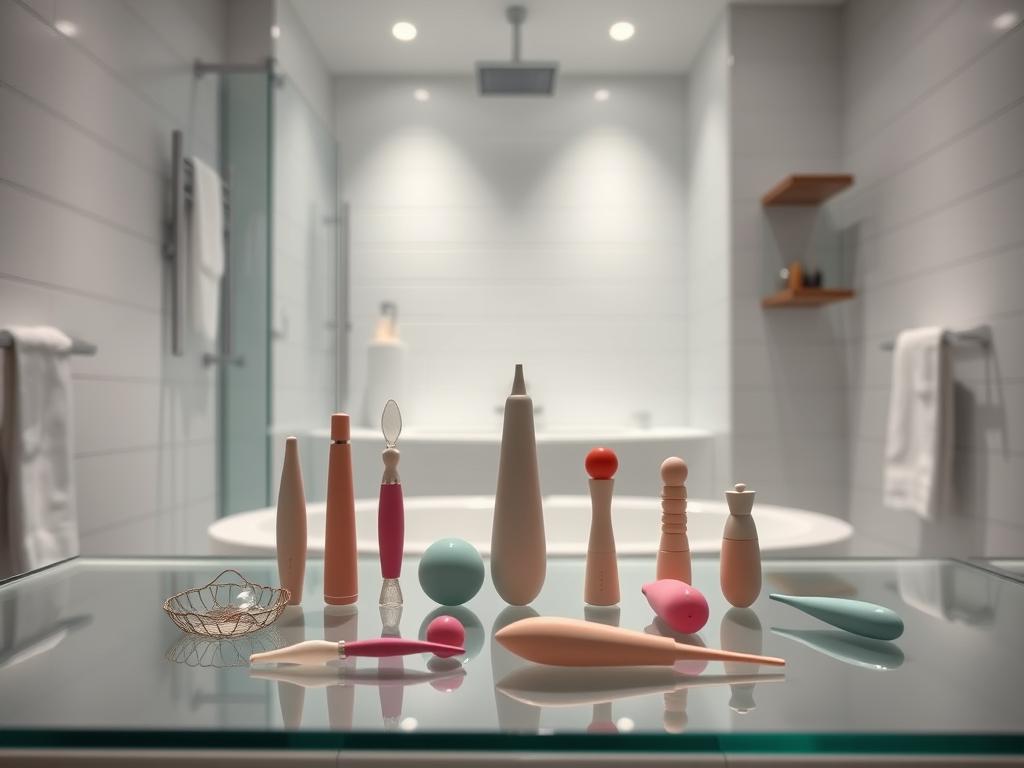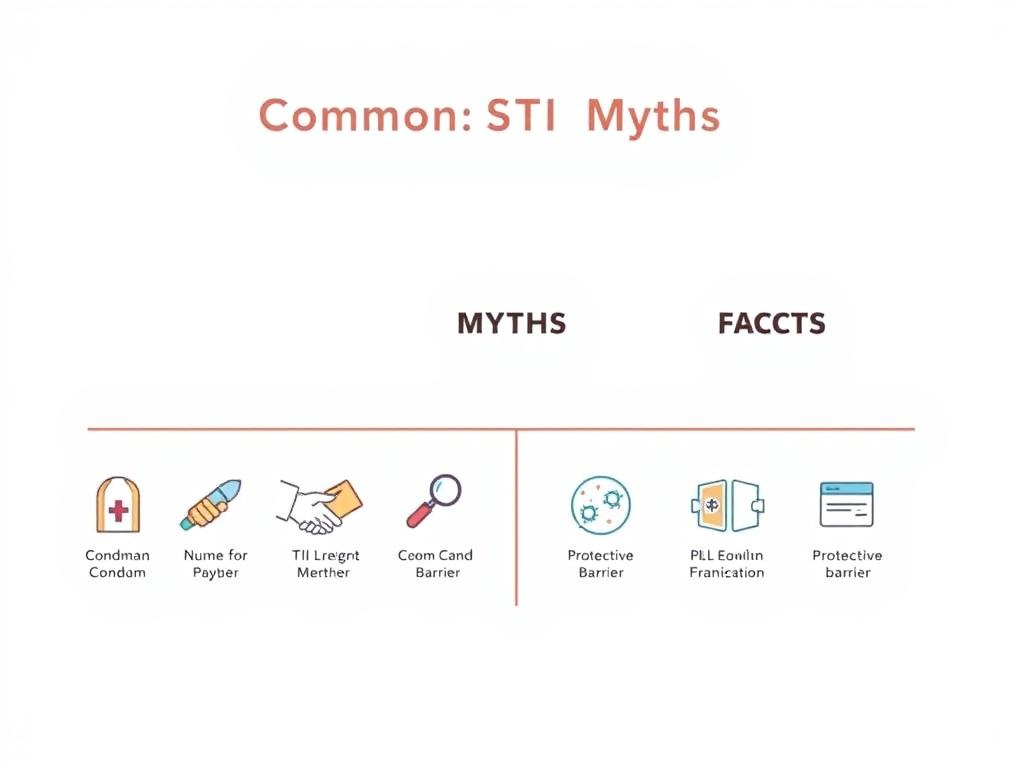
Let’s talk about something many of us wonder but rarely discuss openly: how to enjoy intimacy while prioritizing health. Whether exploring with a partner or curious about best practices, understanding the basics of hygiene and material safety is key.
We’ll break down the risks, from bacterial buildup to infections, and share practical steps to minimize them. For example, a recent study found that porous materials like TPE can retain harmful particles even after cleaning—a critical detail for informed decisions.
Cleaning matters more than you might think. Warm water and mild soap work for non-porous options like silicone, but tougher cases may require specialized cleaners. And let’s not forget timing: waiting 24 hours between uses can reduce risks significantly.
This isn’t about fear—it’s about empowerment. By focusing on materials, cleaning routines, and open communication, we can make choices that align with both pleasure and well-being.
Key Takeaways
- Safety depends on thorough cleaning and material quality.
- Non-porous options like medical-grade silicone resist bacteria better.
- Always use fragrance-free soap and warm water for washing.
- Allow 24 hours between uses when sharing certain devices.
- Discuss boundaries and hygiene preferences with partners openly.
Understanding the Risks of Sharing Sex Toys
Health-conscious choices in intimacy start with awareness of hidden dangers. Devices used during private moments can transfer harmful particles if not handled carefully, making material selection and hygiene non-negotiable.
How Infections Travel Through Contact
Sexually transmitted infections (STIs) like HPV and herpes can linger on surfaces long after use. A 2022 clinical review found that 14% of tested devices showed traces of high-risk HPV strains, even on nonporous surfaces. Bodily fluids create pathways for transmission between partners.
Bacterial vaginosis and yeast infections also thrive when porous materials trap moisture. Thermoplastic elastomer, a common budget-friendly material, has microscopic cracks that resist thorough cleaning. This raises risks for recurrent infections.
Why Material Choice Matters
Not all materials respond equally to cleaning. Compare common options:
| Material | Porosity | Bacteria Retention | Cleaning Difficulty |
|---|---|---|---|
| Silicone | Non-porous | Low | Easy |
| Thermoplastic Elastomer | Porous | High | Hard |
| Glass | Non-porous | Very Low | Simple |
Water and fragrance-free soap work best for non-porous options. For added protection, consider using condoms as removable barriers. Open conversations about cleaning routines help partners stay aligned on safety priorities.
Best Practices for Cleaning and Sterilizing Sex Toys
Effective cleaning is the cornerstone of safe intimate device usage. Whether you’re a first-time owner or a seasoned user, establishing consistent routines prevents unwanted surprises. Let’s dive into methods that balance simplicity with thoroughness.
Wash Routinely, Not Occasionally
Before and after every session, rinse devices with warm water and fragrance-free soap. This removes bodily fluids and residue that attract bacteria. For non-motorized silicone items, boiling for 3-5 minutes adds an extra sterilization layer.
Choosing Your Cleaning Arsenal
Mild soap works for daily maintenance, but specialized cleaners tackle stubborn residues. Avoid alcohol-based solutions—they degrade materials over time. Dishwasher-safe options exist, but check manufacturer guidelines first.
Air-dry completely before storage to prevent mold. A dedicated microfiber cloth keeps dust away. For motorized devices, focus on seams and buttons where grime hides. Need a visual guide? This step-by-step tutorial simplifies the process.
Remember: proper care extends device lifespan and protects your health. A 30-second scrub today saves hours of worry tomorrow.
Choosing the Right Materials for Shared Sex Toys
Material selection shapes both safety and satisfaction during shared experiences. Nonporous options like medical-grade silicone, tempered glass, and surgical stainless steel dominate recommendations from health professionals. Why? Their smooth surfaces leave no hiding spots for bacteria or viruses.
Porous alternatives like thermoplastic elastomer (TPE) pose hidden risks. Microscopic cracks trap moisture and organic matter—even thorough scrubbing can’t fully remove these contaminants. A 2023 Johns Hopkins study found TPE products retained 34% more pathogens than silicone counterparts after cleaning.
“Nonporous materials are the gold standard for shared use because they allow complete sterilization,” notes Dr. Lisa Lawless, clinical sexologist.
| Material | Porosity Level | Safety Rating | Cleaning Method |
|---|---|---|---|
| Medical-Grade Silicone | Nonporous | Excellent | Boiling/UV light |
| Borosilicate Glass | Nonporous | Superior | Dishwasher-safe |
| Stainless Steel | Nonporous | Premium | Autoclave-compatible |
| TPE/Jelly Rubber | Porous | Risky | Surface wipe only |
Popular options include dual-density silicone vibrators and annealed glass wands. These withstand high-heat sterilization methods that destroy 99.9% of microbes. For partners exploring temperature play, stainless steel offers added durability.
Investing in quality materials pays off long-term. While initial costs might be higher, body-safe options last longer and reduce health concerns. Remember: what you can’t see can hurt you when it comes to microscopic threats.
Sharing Sex Toys: Do’s and Don’ts

Navigating shared intimacy devices requires smart strategies. We’ve compiled clear guidelines to help partners enjoy experiences while minimizing risks—let’s dive into practical tips backed by health experts.
Do’s:
- Clean thoroughly before and after every session using warm water and mild soap
- Use individual condoms for each partner during toys use
- Wait 24 hours between uses if sterilization isn’t possible
- Choose non-porous options like silicone for easier sanitizing
Don’ts:
- Share internal-use devices without boiling or UV sterilization first
- Assume a “multi-use” label means skipping post-session cleaning
- Use abrasive cleaners that damage surfaces and trap bacteria
- Ignore minor cracks or discoloration—replace worn items immediately
Found a device used recently? Soak it in 10% bleach solution for 10 minutes, then rinse well. For motorized items, check manufacturer guidelines for waterproof ratings first.
Communication solves half the battle. Discuss preferences openly—maybe one partner prefers separate attachments. As Dr. Carol Queen advises, “Safety thrives where assumptions end and conversations begin.”
Practical Steps to Minimize Health Risks
Creating a safe space for intimacy involves more than just good intentions—it requires actionable strategies. Combining barrier methods with open dialogue reduces risks while keeping experiences enjoyable. Let’s explore two pillars of protection: physical safeguards and clear communication.
Using Condoms and Protective Barriers
Condoms aren’t just for bodies—they’re game-changers for devices too. Slip a fresh one onto the item before each partner’s turn. This creates a removable shield against fluids and microbes. Opt for non-lubricated versions if you’re adding your preferred gel.
Worried about sensation? Ultra-thin latex or polyurethane options maintain sensitivity. For those with allergies, hypoallergenic brands like Skyn offer reliable alternatives. Remember: one condom per person—never reuse.
Effective Communication with Partners
Start with a relaxed chat about health histories and preferences. Phrases like “How do you feel about our cleaning routine?” invite collaboration. Share recent STI test results to build trust, even in casual settings.
Create a checklist together:
- Agree on cleaning methods (boiling vs. UV light)
- Set usage timelines (24-hour sterilization waits)
- Confirm comfort levels with material types
Dr. Emily Morse emphasizes: “Silence breeds risk. Vocal partners create safer spaces.” Small adjustments, like assigning color-coded condoms, make protocols feel intuitive rather than clinical.
Addressing Common Misconceptions and Concerns
Does sharing intimacy devices guarantee infections? Let’s separate fact from fiction. Many assume these items automatically spread STIs, but research tells a different story.

Debunking STI Myths
A 2021 Sexual Health Journal study found no direct links between properly cleaned nonporous devices and infection transmission. Viruses like HPV require living cells to survive—they can’t thrive on silicone or glass surfaces after sterilization.
Porous materials tell another tale. Jelly rubber items retained 22% of yeast particles in lab tests even after washing. This explains why experts like Dr. Jess O’Reilly stress: “Material quality determines risk, not the act of sharing itself.”
Beyond Biology: Emotional Factors
Ethical questions often outweigh health concerns. Some partners feel uneasy about previous users, while others prioritize sustainability through shared items. Key considerations:
- Consent transparency with multiple partners
- Storage labeling systems for clarity
- Regular health check-ins
Sex educator Tristan Taormino suggests: “Create shared agreements that honor everyone’s comfort levels.” Simple fixes help—color-coded silicone caps distinguish personal attachments on shared bases.
Remember: safe practices transform anxiety into confidence. Whether prioritizing medical-grade materials or scheduled cleanings, your way forward balances science with personal values.
Tips for Ethically Sharing with Multiple Partners
Building trust with multiple partners starts with intentional planning. Ethical practices blend hygiene protocols with emotional awareness—everyone deserves clarity about how devices circulate within a group.
Setting Clear Boundaries and Expectations
Create written agreements detailing cleaning methods and usage timelines. Some groups rotate sterilization duties, while others assign specific colors to individuals. A 2023 Journal of Sexual Medicine study found groups using shared checklists reported 40% fewer misunderstandings.
Barriers remain essential. Apply new condoms for each encounter—non-lubricated styles work best for sensitive skin. For insertable items, consider disposable sleeves that peel off after use.
| Communication Method | Purpose | Example |
|---|---|---|
| Pre-Use Check-In | Confirm cleaning status | “When was this last sterilized?” |
| Boundary Session | Discuss comfort levels | “Are we okay sharing this style?” |
| Post-Use Debrief | Address concerns | “Did anything feel off today?” |
Transparency builds confidence. Share device histories openly—”This was last used Tuesday” prevents surprises. Dr. Zhana Vrangalova advises: “Assume nothing. Document everything.”
Regular STI testing schedules help ease worries. Rotate cleaning responsibilities weekly to ensure accountability. Remember: ethical intimacy thrives when care extends beyond the bedroom.
Conclusion
Prioritizing well-being in intimate moments starts with smart choices. We’ve seen how material quality and cleaning habits directly impact health risks. Nonporous options like medical-grade silicone and glass remain gold standards—they’re easier to sterilize and resist bacterial buildup.
Every person plays a role in maintaining safety. Make sure devices undergo thorough cleaning with appropriate methods, whether boiling or using UV light. Open conversations with partners strengthen relationships while aligning expectations about hygiene protocols.
Regular STI testing adds another layer of protection. Studies show consistent practices reduce transmission concerns significantly. While no method eliminates all risk, informed decisions dramatically lower potential issues.
Let’s keep exploring ways to balance pleasure and responsibility. Your health journey deserves attention and care—one thoughtful choice at a time.
FAQ
Can using the same intimate device spread infections?
Yes. Items made from porous materials like jelly or rubber can trap bacteria, increasing the risk of transmitting infections like bacterial vaginosis or STIs. Non-porous options like medical-grade silicone, stainless steel, or glass are safer for group use.
What’s the best way to clean items made of silicone?
Wash them with warm water and mild soap before and after every use. For deeper sterilization, boil medical-grade silicone or use a 10% bleach solution. Avoid harsh cleaners that might damage the material.
Are some materials safer for group use?
Absolutely. Non-porous materials like medical-grade silicone, borosilicate glass, or stainless steel resist bacteria buildup. Avoid thermoplastic elastomer (TPE) or rubber, which can harbor germs even after cleaning.
How can we reduce risks when using these products with others?
Always use condoms or protective barriers, especially with porous items. Communicate openly with partners about hygiene practices, and avoid switching between users without thorough cleaning.
Do protective barriers like condoms help with safety?
Yes! Covering items with condoms creates a physical barrier against germs. Replace the barrier each time someone new interacts with the product to minimize cross-contamination.
Is bacterial vaginosis linked to shared items?
It can be. Bacteria from one person’s body can transfer to another through unclean surfaces. Proper sanitation and choosing non-porous materials lower this risk significantly.
How do we talk about boundaries with partners?
Start by discussing preferences and comfort levels openly. Agree on cleaning routines, storage practices, and how to handle the item between uses. Transparency builds trust and ensures everyone feels respected.

